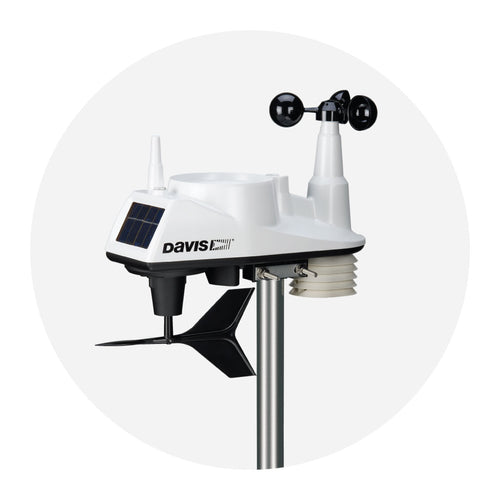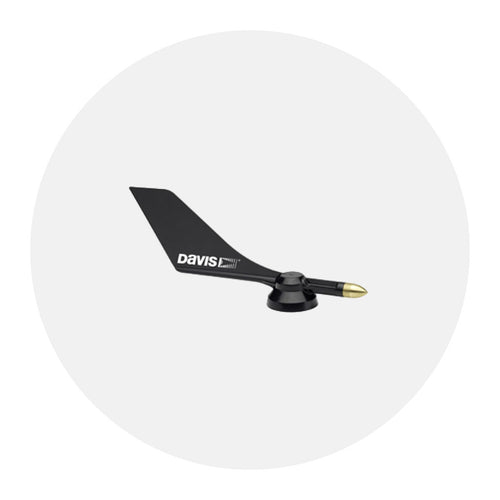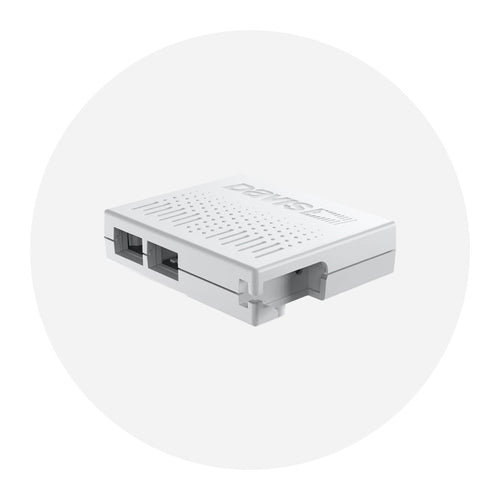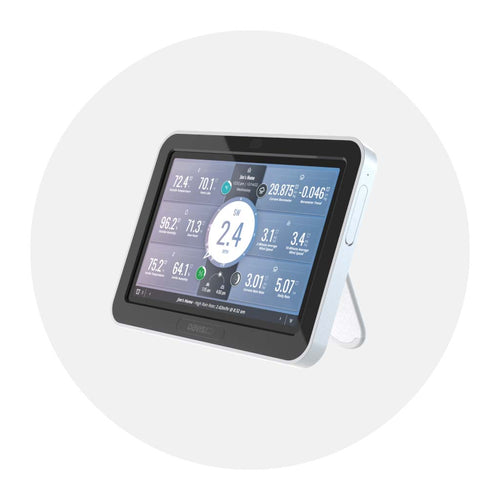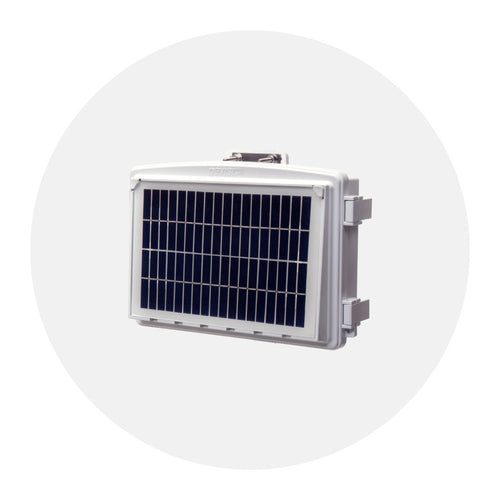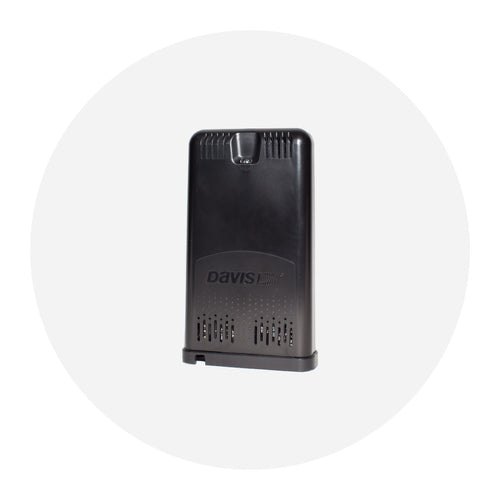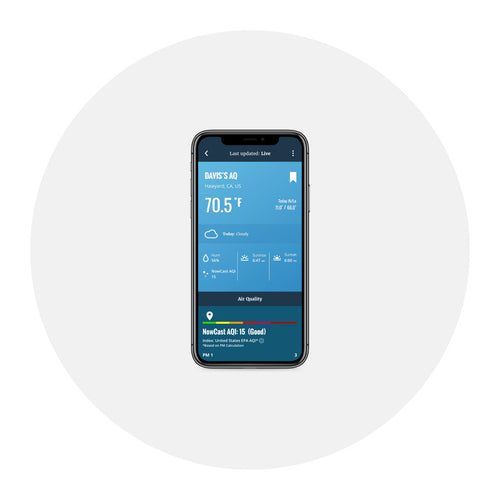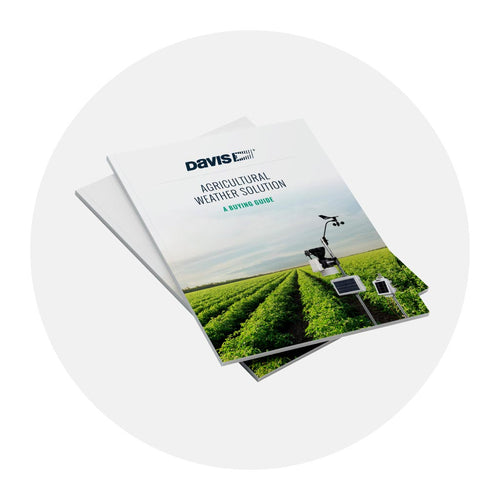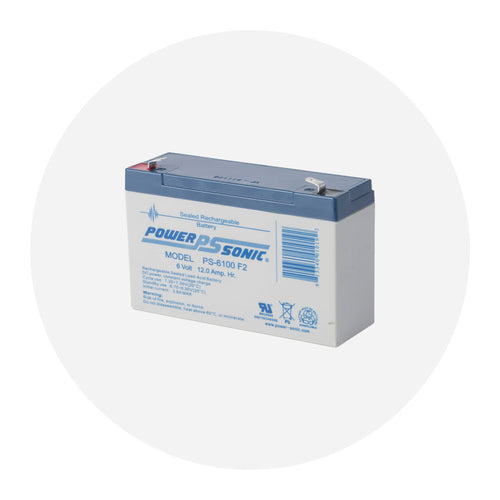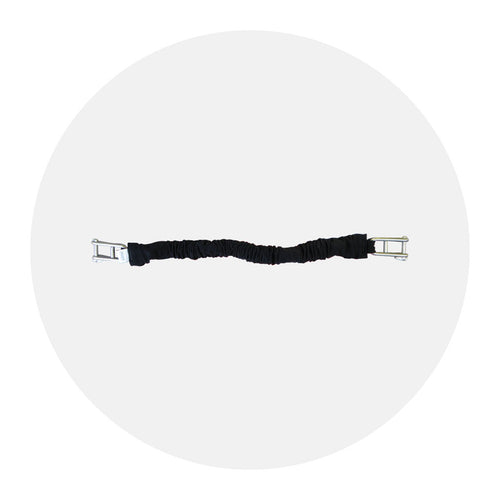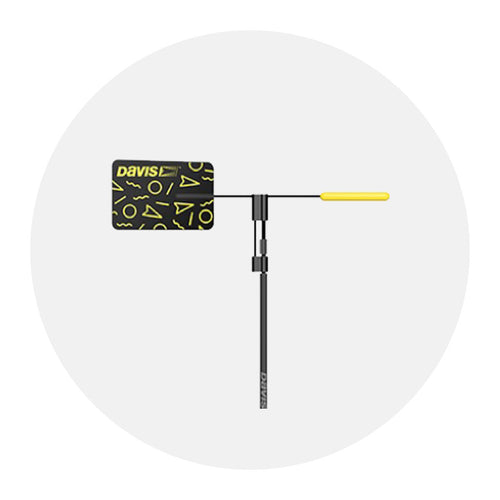
Solar, UV, or PAR: Which Sensor Do You Need?

Any grower whose crop has green leaves cares deeply about sunlight. Green means chlorophyll, the magical, wonderful stuff that enables plants to use sunlight to dismantle the carbon, hydrogen, and oxygen molecules from carbon dioxide and water and reassemble them as glucose and oxygen. Glucose is, of course, the building block of carbohydrates; it is what feeds the plant and the animals that eventually eat the plant, including people.
Since sunlight is the most basic necessity for growing food (or flowers or forests), you can bet that most growers care a LOT about it.
Growers whose crops are outside in the sunlight are careful about getting the right amount of light on their plants. They choose the right crop for the right planting location, sown and harvested at the right time. Growers who plant their crops in greenhouses may have to provide the right kind of light, for the right duration, at the right time in the plant’s development.
Whether a crop is out in the natural sunshine or inside under grow lights, growers can depend on an EnviroMonitor system to give them the information they need about how specific light will affect their crop.
The Davis Vantage Pro2 and EnviroMonitor systems work with three different types of light sensors: UV, Solar Radiation, and PAR. (UV Radiation is not often used by growers; its main function is in preventing damage to people, animals, and even structures by UV light.)
What is the difference between the other two sensors: Solar Radiation and PAR?
 Sunlight, or solar radiation, radiates visible light, ultraviolet light, infrared, radio waves, X-rays and gamma rays. Of these, plants rely on those within the wavelength range of 400 -700 nanometers (nm) to drive photosynthesis. We humans respond to wavelengths generally in the middle of this range, in the 500-600nm area, as the colors of green, orange, yellow. We also see blue and red, the colors at the edges of the range, but not as well.
Sunlight, or solar radiation, radiates visible light, ultraviolet light, infrared, radio waves, X-rays and gamma rays. Of these, plants rely on those within the wavelength range of 400 -700 nanometers (nm) to drive photosynthesis. We humans respond to wavelengths generally in the middle of this range, in the 500-600nm area, as the colors of green, orange, yellow. We also see blue and red, the colors at the edges of the range, but not as well.
Ask a plant for its favorite color and it’ll tell you the best and brightest color is blue, and the second best is red. (Leaves are green because they reflect most of the green light that falls on them, though they do use some.)
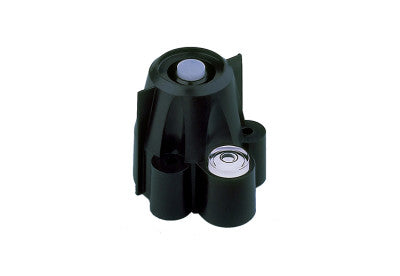
The Davis Solar Radiation Sensor measures visible light in the range of 400 to 1100nm to help growers calculate evapotranspiration (ET). ET is derived using solar radiation, air temperature, wind speed, humidity, and barometric pressure. It tells the grower how much water is lost both from evaporation and transpiration – the water vapor that leaves release to the air – giving them the ability to irrigate with precision.
A Photosynthetically Active Radiation (PAR) sensor, on the other hand, measures light in the more plant-friendly range of the spectrum: the range of 400- 700nm. This is particularly important to growers with crops that are not outside in the sunlight. By using grow lights and managing them with data from a PAR sensor, growers can grow year-round. They can control the length of the “day” plants experience, the intensity, and duration of the light.
But PAR sensors are not only for indoor growing. When installed at various heights, they can help growers and foresters understand the light distribution within canopies. Oceanographers and aquaculture growers can use them to understand light inside water at various depths.
The EnviroMonitor system currently supports PAR sensors from Apogee Instruments, Spectrum Technologies, and Wuhan ZhongKe Nenghui Technology.
 The EnviroMonitor system, with its unique benefit of letting growers install a specific sensor in the exact location needed, lets growers use either or both of these types of sensors. For solar radiation, most EnviroMonitor users depend on their GroWeather sensor suite, which reports ET and all other weather data directly to their Gateway. But they can also install a Node in the greenhouse or the tomato field or the orchard canopy and plug in a solar radiation or PAR sensor.
The EnviroMonitor system, with its unique benefit of letting growers install a specific sensor in the exact location needed, lets growers use either or both of these types of sensors. For solar radiation, most EnviroMonitor users depend on their GroWeather sensor suite, which reports ET and all other weather data directly to their Gateway. But they can also install a Node in the greenhouse or the tomato field or the orchard canopy and plug in a solar radiation or PAR sensor.
With a Vantage Pro2 GroWeather sensor suite and/or an EnviroMonitor Node with a PAR sensor, today’s grower has the tools to efficiently harness the sun’s power and their crop’s awesome ability to convert that power into food.
In the face of escalating environmental risks, AEM is the essential source for insights on weather, climate, lightning, floods, wildfires, water management, and more.
Learn more about AEM and all of our solutions here.


